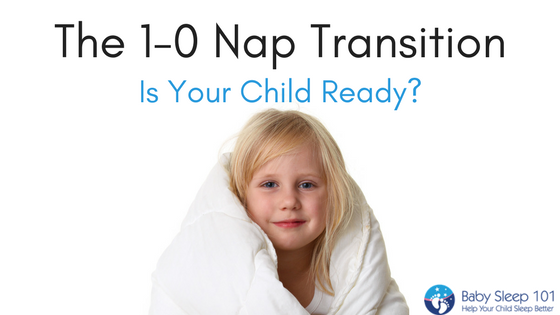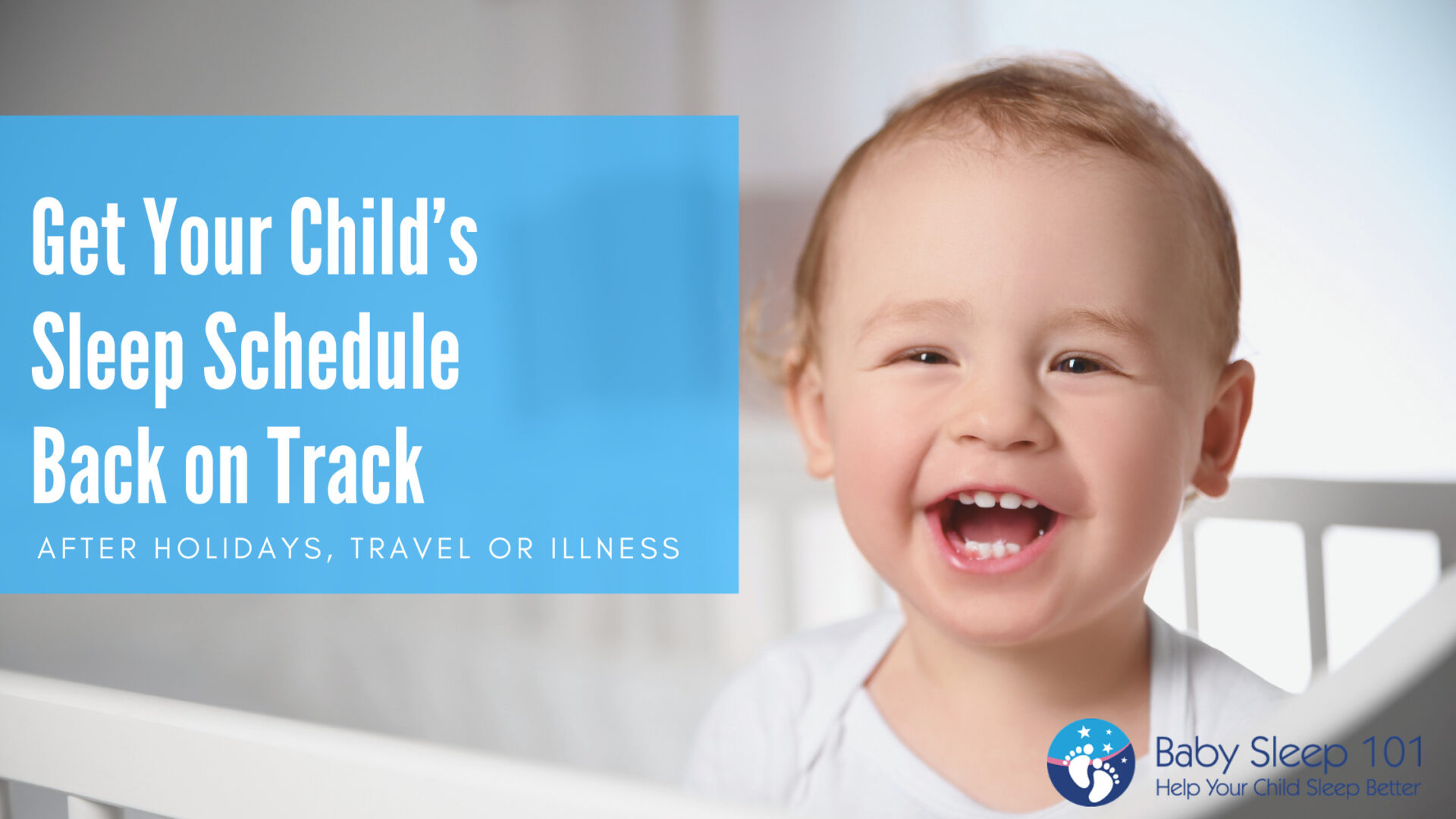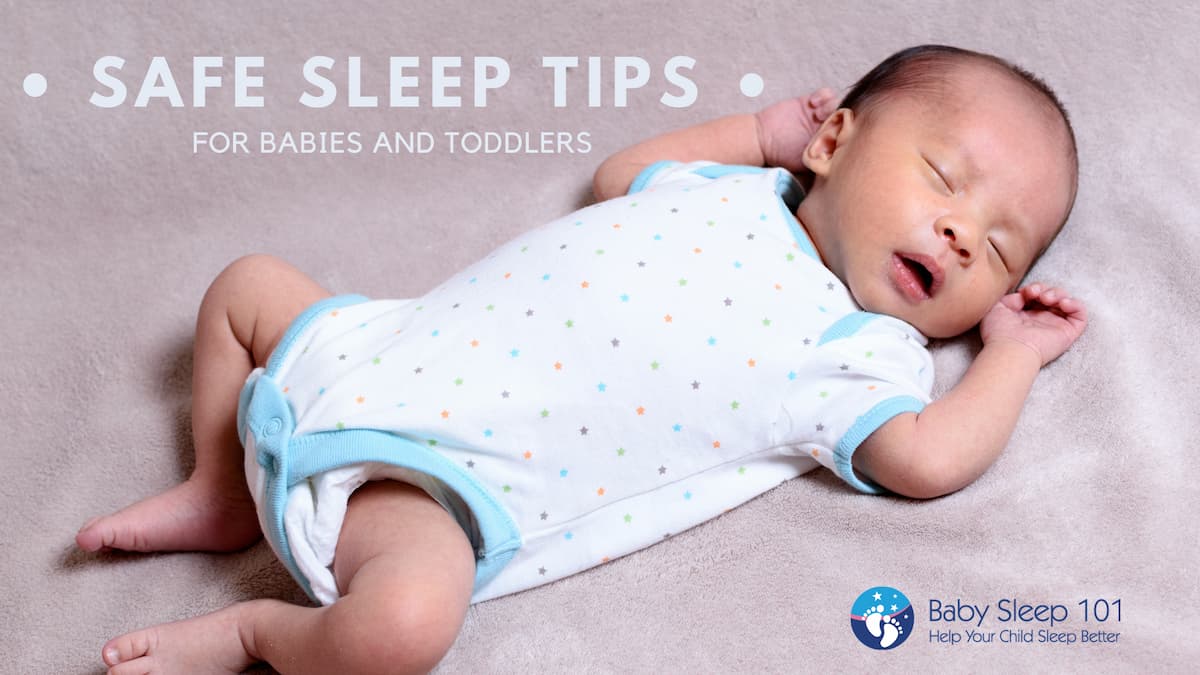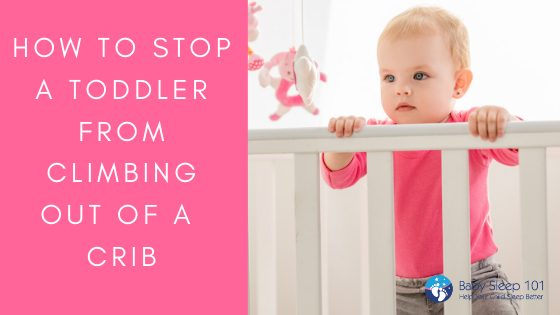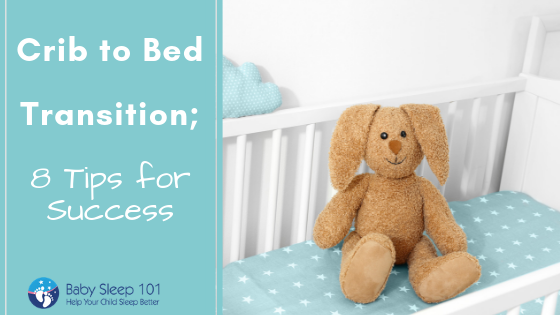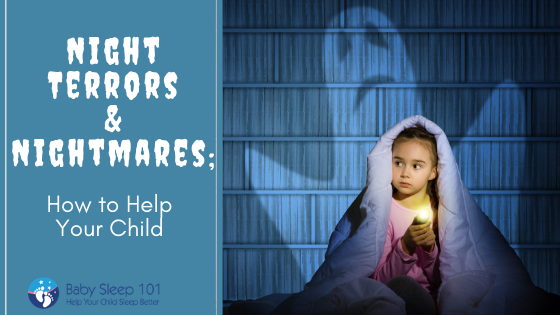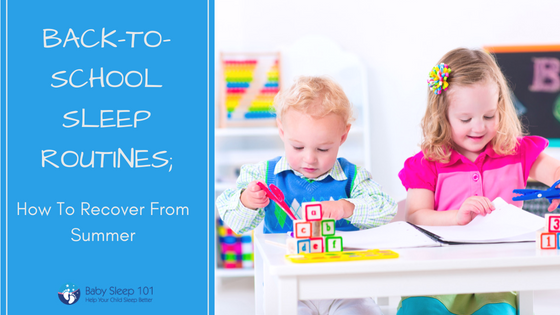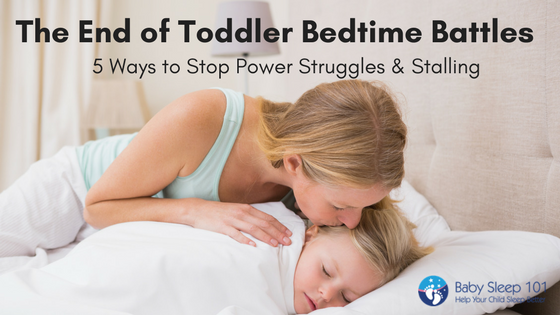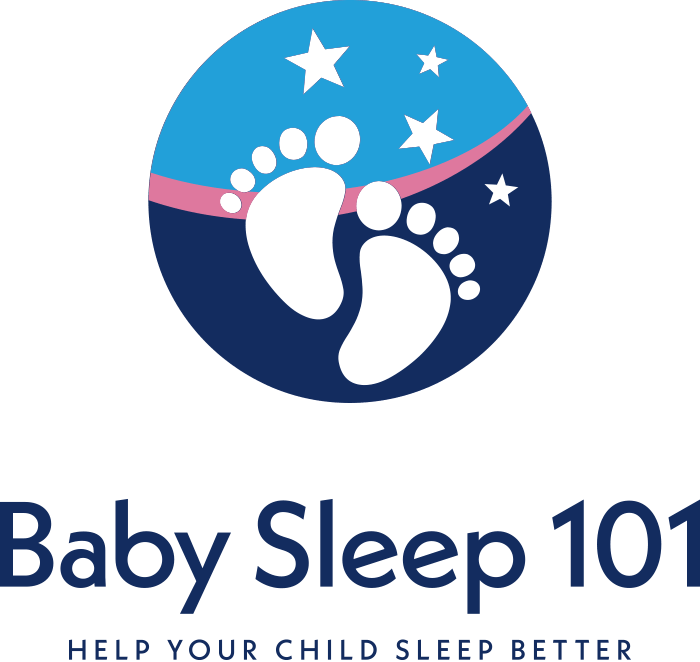The 1-0 Nap Transition
We’re exploring a big milestone in the life of your child today; the 1-0 nap transition. Check out Part One where we also delved into the Big Kid Bed Transition.
For better or worse, you have probably had a long history with your baby’s naps. In the beginning you and naps were in the initial stages of your relationship.
It was all new and exciting. You loved your baby’s naps! They were so pleasant and low maintenance; they appeared whenever and wherever and often lasted for hours. It was wonderful and you barely had to do anything!
Then came the 4 month sleep regression and you started to see a new side to naps. They started to become resistant and stubborn and often only stuck around for 45 minutes at a time. Your baby would wake up, still tired but wouldn’t go back to sleep and the novelty wore off quick. You started to become resentful of how much time you and naps spent fighting.
But, if you were lucky, those naps started to listen to your concerns and decided to really try to change. With some time and patience, they learned to lengthen back out again sometime around month 6.
Somewhere between months 6-9 your baby dropped their 3rd catnap, leaving you with 2 solid naps and life was good. You could depend on naps again to always be there for you-in the morning and again in the afternoon.
Hopefully, the love affair continued until you hit the 2-1 nap transition somewhere between months 14-18. This is where you and naps hit the lowest point in your relationship. It was a really rocky patch and you didn’t think you two would make it. But surprisingly you did! You persevered and found your way back to each other for another few years.
But now the time has come to finally say good-bye to your child’s afternoon nap. Like any breakup; it’s bittersweet. You know it’s for the best, but you will be sad to see it go. So, how does one survive the emotional toll that going through the 1-0 nap transition takes on a parent?
Of course, the above is all tounge-in-cheek, but anytime a child goes through a nap transition, there are certain steps you can take to help make the switch as painless as possible. Often, by the time a toddler or preschooler is ready to drop his nap, many parents make the mistake of thinking that the child is old enough to handle the change without any problems. But this is usually not the case and our little ones will often be very tired by the late afternoon. Much like the 2-1 nap transition, this may not happen right away, but problems may start to show up a few weeks later. So here’s what you can do:
Is Your Child Really Ready to Drop Their Nap?
This is by far the most common mistake parents make. They’ve heard from their friends or well-meaning relatives that “so and so never napped after the age of 2” and take the first instance of nap resistance as a sign that their child doesn’t need to nap. The vast majority of children don’t permanently drop their nap until somewhere between the ages of 3.5-4 years old and even then will still require naps every few days to help their bodies adjust. What is more common though, are periods of time when your toddler or preschooler will not nap. If your child is under the age of 3, then this is likely just a phase and will return to napping in a few weeks. In the meantime keep offering nap time every day.
Know the 1-0 Nap Transition Signs of Readiness
The biggest indicator of your child being ready to drop their final nap lies in their mood and behavior in the afternoon and early evening.
If, on the days that your child misses her nap, she is still able to stay calm at minor grievances, plays independently with ease, does not become defiant (or more so than what is usually attributed to this age group), grumpy, whiny, hyper, extra silly or clumsy as the afternoon wears on, then she may be ready to go without that nap. If not, it’s likely she is becoming overtired and a sleep debt is forming.
Keep ‘No Nap’ Days Dull and Boring
When your child skips a nap, it takes a toll on their bodies and although they may not show it, they get tired quicker. Try to keep the afternoons on these days low-keyed and uneventful.
Obviously you won’t always be able to do this, but try as best as you can. Those days are not the days to decide to go to a restaurant for dinner or to a sporting event. You don’t want to over exert or over stimulate your little one who is already going to be tired, making a meltdown much more likely.
Put Your Child To Bed Early
On the days that jr. misses a nap or is actually starting the 1-0 nap transition, then it’s imperative that you put them down to bed super early.
Not just early, but super early!
SEBT (super early bedtime) will be your best friend through this, just like it was through all nap transitions. Your child is missing anywhere from 1-3 hours of sleep and their bodies still need to get it somewhere as they adjust to going a full day without any rest. Remember, this isn’t a permanent change of bedtime, just long enough to help them through the transition.
If you don’t do SEBTs, then expect your child to grow fangs and a tail around 5pm.
Don’t say I didn’t warn you. 😉
Instill “Quiet Time”
Just because your child is no longer napping, doesn’t mean that they can’t still go to their room for some down time. This allows their body to rest and gives everyone in the house a break.
Depending on the child, you may need to set a timer and/or go over expectations first. Purchase some “quiet time” toys (see the Baby Sleep 101 Pinterest Board for more suggestions!) or books and only let your child use them during this hour. They may or may not nap during this time, but at least you have provided them the opportunity to do so.
Going through a nap transition can be challenging at any age, but it can be quite difficult when you’re dealing with a toddler or preschooler and the 1-0 nap transition. However, if you follow the above advice, maintain the consistency and have some patience, it will help you make it through relatively unscathed. 🙂
When did your child drop their final nap? Tell us about your experience with the 1-0 nap transition in the comments below!
If your child’s transition didn’t go so well, or if you’re needing expert help with their current nap routine, consider investing in a consultation package.


